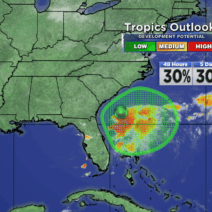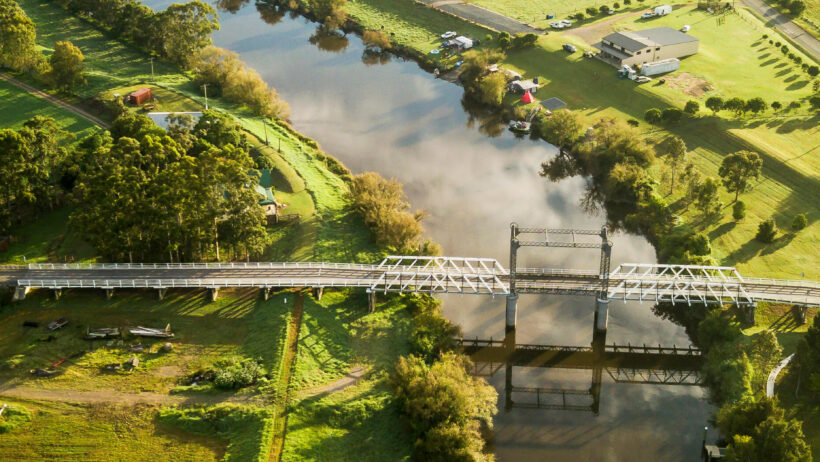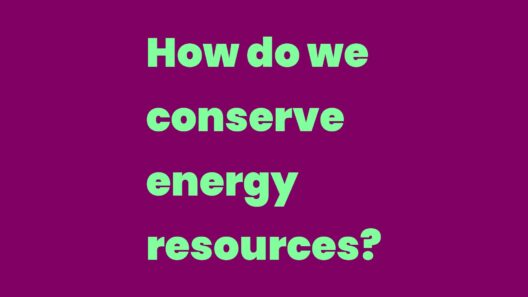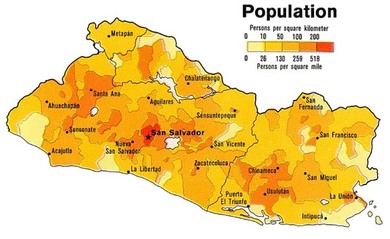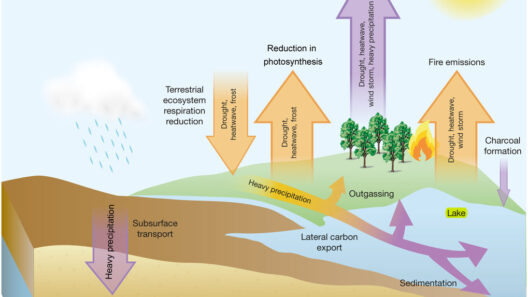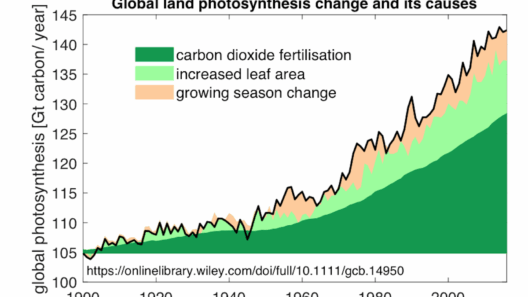The impending tide of climate change stands before us like an unyielding wave, urging communities and individuals alike to adapt or risk being submerged in its devastating consequences. As we navigate this tumultuous landscape, it’s imperative to explore actionable strategies that can fortify our resilience against the increasingly erratic environmental conditions. Here are ten powerful ways to adapt to climate change right now.
1. Embrace Agroecology for Food Security
Agriculture, the cornerstone of sustenance, faces a myriad of challenges due to shifting weather patterns. Agroecology presents a holistic approach that utilizes biodiversity to enhance productivity. Think of it as a symphony, where each crop plays a vital note in the overall harmony of the ecosystem. By transitioning away from monocultures and embracing polycultures, farmers can cultivate resilient systems that thrive amidst fluctuations—ensuring food security while regenerating the soil.
2. Invest in Renewable Energy
The sun, the wind, and the water beckon us to harness their boundless energies. Transitioning to renewable energy is akin to breaking free from the chains of fossil fuels—an act of liberation that propels society towards sustainability. By investing in solar panels, wind turbines, and hydroelectric systems, we can create energy hubs that reduce our dependency on volatile fossil fuel markets and diminish our carbon footprint. Not only does this mitigate climate change, but it also paves the way for a cleaner future.
3. Transform Urban Spaces into Green Oases
In the concrete jungles where we dwell, the temperature rises and the air thickens. Urban areas contribute significantly to climate change, yet they also hold the key to resilience. By transforming these spaces into green oases, cities can combat the heat island effect and absorb carbon emissions. Imagine turning drab asphalt into vibrant green roofs and community gardens—breathing life into barren neighborhoods, fostering biodiversity, and enhancing the quality of urban life.
4. Advocate for Comprehensive Water Management
Water is not merely a resource; it is the very lifeblood of ecosystems and communities. In a climate-altered world, water management strategies often resemble a delicate dance. To adapt effectively, advocacy for and implementation of integrated water management systems is essential. Collecting rainwater, restoring wetlands, and enhancing groundwater recharge can mitigate flooding and ensure the availability of clean water. This multifaceted approach sustains not only humanity but also the flora and fauna that depend on these vital resources.
5. Fortify Coastal Communities
The encroaching oceans rise like an insatiable beast, threatening livelihoods and ecosystems. Coastal communities are particularly vulnerable to rising sea levels and intensified storms. Thus, fortifying these communities against the wrath of nature is paramount. Strategies such as building natural barriers, restoring mangroves, and implementing sustainable coastal infrastructure can shield against the tide. Investing in these measures ensures a semblance of protection while preserving marine biodiversity.
6. Enhance Climate Literacy
Knowledge is a formidable weapon in the fight against climate change. To foster a culture of adaptation, enhancing climate literacy among all demographics is crucial. Think of it as sowing seeds of wisdom; these seeds germinate into informed communities that are better equipped to face environmental challenges. Workshops, educational programs, and community discussions can galvanize collective action, empowering individuals to make informed decisions that impact both their lives and the planet.
7. Reinvent Transportation Systems
The way we move defines our relationship with the environment. Conventional transportation systems contribute significantly to greenhouse gas emissions and urban congestion. By reinventing these systems through the promotion of public transit, cycling infrastructure, and electric vehicles, we can rewrite our transportation narrative. This not only curtails emissions but also fosters healthier lifestyles, creating a tapestry of interconnected communities.
8. Foster Community Resilience
A resilient community is akin to an intricately woven tapestry; each thread plays a critical role in maintaining its integrity. By promoting social cohesion and collaboration within neighborhoods, communities can better withstand the upheaval brought about by climate change. Initiatives such as community gardens, local disaster preparedness groups, and skill-sharing workshops foster interconnectedness, creating a safety net that enhances the overall resilience of those who inhabit it.
9. Preserve Natural Habitats
Nature is our greatest ally in this struggle against climate change. Preserving and restoring natural habitats acts as a bulwark against the unpredictability of climate impacts. These ecosystems—forests, wetlands, and coral reefs—function as carbon sinks and provide refuge for countless species. Initiatives that protect these areas, along with sustainable land-use practices, can mitigate climate impacts while maintaining biodiversity for future generations.
10. Utilize Technology and Innovation
The future holds untold potential in the realms of technology and innovation. Investment in cutting-edge technologies—such as carbon capture and storage, smart grids, and precision agriculture—can revolutionize our approach to climate adaptation. Embracing these advancements is tantamount to donning armor against climate adversities, equipping communities with tools to navigate and mitigate the effects of climate change.
As the currents of climate change continue to swirl and change, adopting these ten powerful strategies can transform our collective journey. Each approach serves as a building block, reinforcing our ability to adapt, survive, and thrive in an uncertain future. The call to action is urgent; it beckons us to engage deeply with the environment and each other, crafting a legacy of resilience for generations to come. Together, we can stem the tide and chart a sustainable course for our planet.

